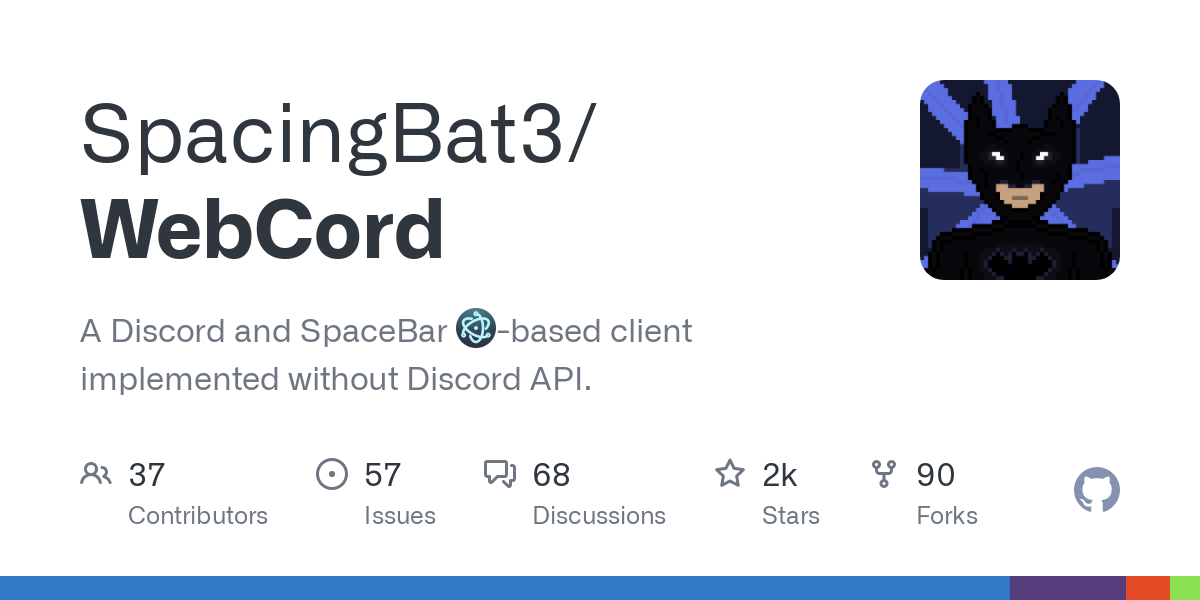You posted something that’s bad practice (for many reasons, including security). Like, nobody cared about your software habits until you posted them publically with no prompting. probably so you could act smug after getting downvoted.
Julian
Game dev and Linux user
- 19 Posts
- 264 Comments
Some build advice:
- Be safe - don’t wear socks, stand on a hard floor if possible, ground yourself if you have a wrist strap for that, and discharge any static by touching metal and/or the case before touching any components. And no matter what, DO NOT open the power supply, and definitely don’t touch anything in it!
- The huge motherboard connector probably requires more force than comfortable.
- Watch through at least one build guide before starting. That way you know the process.
Hope that helps, and don’t let it scare you away - it’s really fun to do and if you’re careful, chances are nothing major will go wrong.
Yeah just don’t do it outside my house at 4am in trying to get some fucking sleep
I like rice but kind of like how I like bread. It’s carbs that you put with other stuff give it more substance. On its own it can be OK (since its carbs) but pretty bland.
There’s some Interesting graph theory problem somewhere in here about finding out if a network of N people in M relationships must include at least one gay person.

 91·14 days ago
91·14 days agoCsgo and 2 have a “trust” system to keep track of player behavior and put you in games with others of similar trust value. So if you get reported often or have a history of bad behavior, you’re more likely to be put in games with other bad actors, and vice versa. Idk how effective it is though.
Honestly there isn’t a great solution, which is kind of why I avoid competitive multiplayer games. Even kernel level anticheats can be circumvented.
The nice thing about vac is that theres pretty much no false positives. And valve will occasionally update it, catching a ton of cheaters off guard and getting them banned.
Gdscript let’s you do static typing, so “var a : int” ensures that a is an integer. This can help prevent bugs and bad code, and even speeds up the interpreter since it can make some assumptions.
So until now, you couldn’t do that with dictionaries, they always allowed any type as a key or value. This adds that functionality so dictionaries can be used with stricter rules, preventing bugs and making them faster.
It depends on how you install stuff. Games on Steam or downloaded from online from places like itch.io can be put on any drive without issue.
In terms of software though, native packages (deb, rpm) are gonna want to put files in various system folders, so it’s pretty much impossible to get those off your os drive.
Other packaging solutions can help with this though. Appimages can be put anywhere, nix let’s you install to another drive, same with flatpak.
And if you’re savvy, you could use docker to install system packages on other drives, although I wouldn’t recommend it.
Wow this is a certified Spec Ops The Line moment

 11·1 month ago
11·1 month agoSo I use a surface device with the Linux surface kernel, and there was (and probably still is) an issue where the type cover doesn’t properly rebind after being detached and re-attatched. To make matters worse, connecting other USB devices disconnected the type cover. My solution was to make a udev rule that detected if the keyboard is “removed” and then try to rebind it, effectively unplugging it and plugging it back in again in software.

 11·1 month ago
11·1 month agoI… What? Why does that work? How did you figure this out?
I had been considering switching for years, I even made a list of things I had to find alternatives to and tried to widdle it down. With proton making gaming viable, I decided to dual boot, and accidentally destroyed my entire windows partition when trying to back it up with dd. Just said fuck it and went full Linux.
Me when the Twitter community has screenshots of Twitter

 82·2 months ago
82·2 months agoI’ve seen people somehow complain about him not getting this done, but like it’s really clear he’s doing all he can.

 16·2 months ago
16·2 months agoFear?
trying to play a ps3 game

 0·2 months ago
0·2 months agoI think you’d want to apply the alpha value of the sprite. You can do that by making the last line “COLOR = vec4(mix(…).rgb, texture(TEXTURE, UV).a)”












The Mint upgrade tool got flatpak support so I don’t even use the terminal to update anymore.